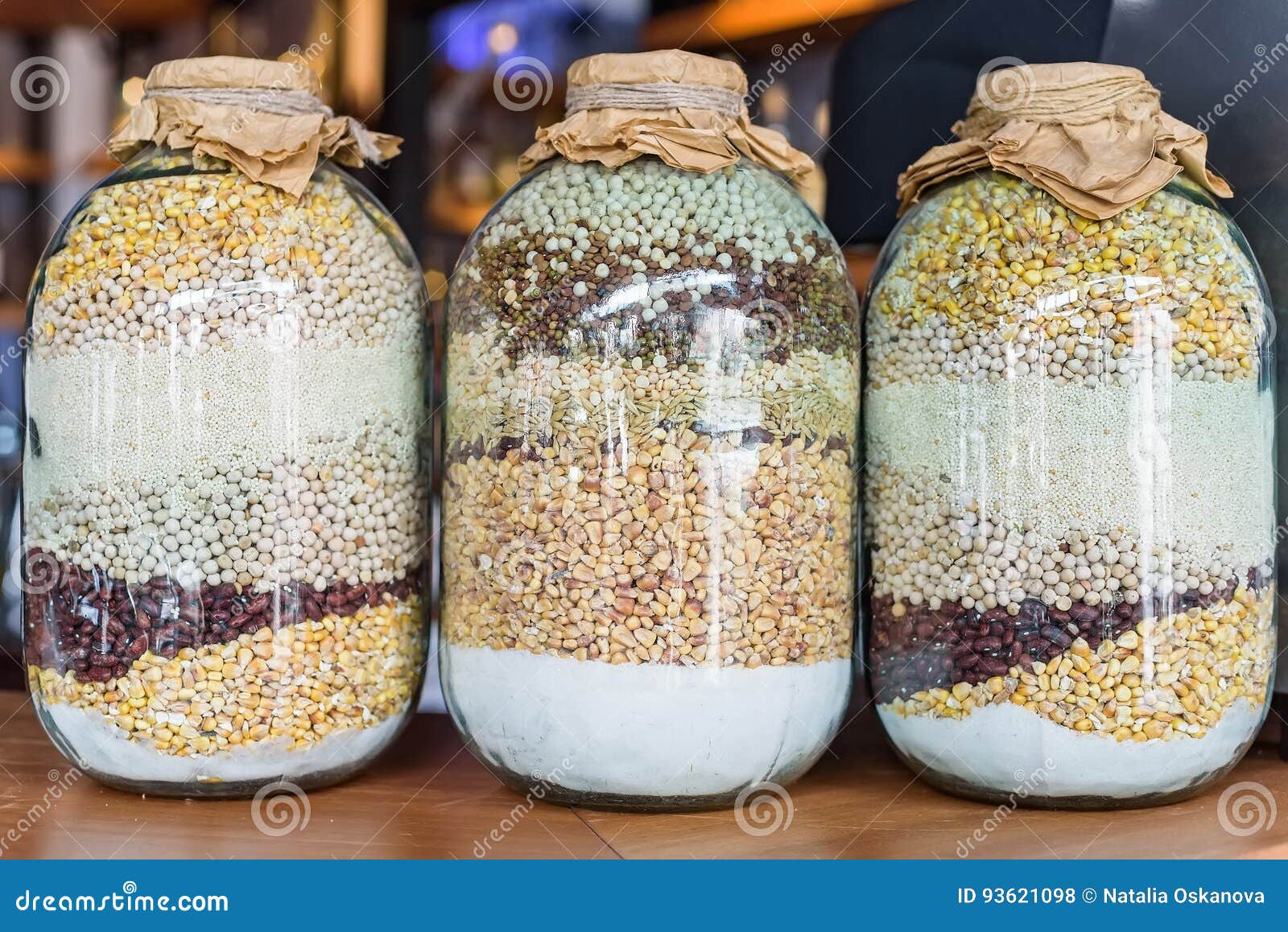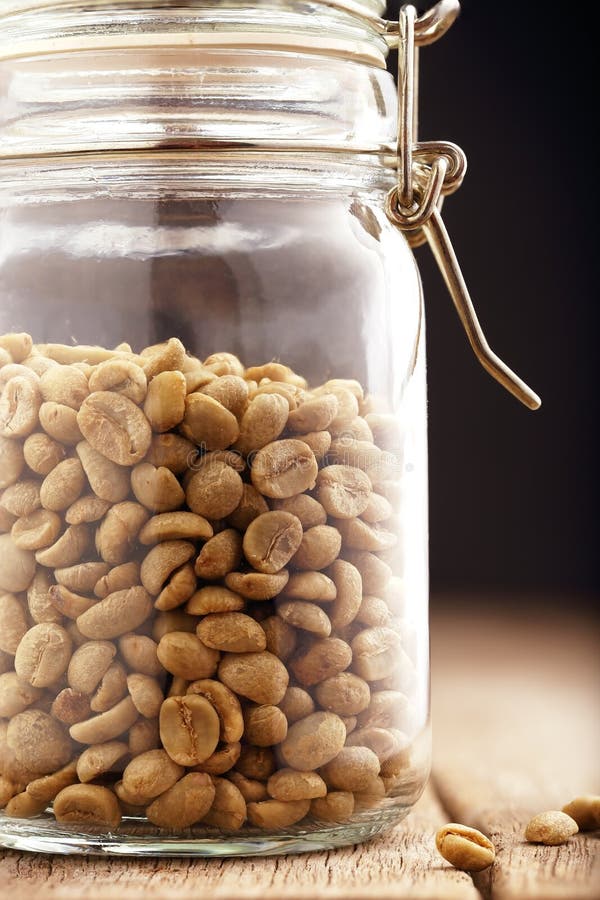

Adding the acid too early will inhibit proper cooking and the beans won't get tender.īefore you add your beans to the cooking pot, saute onions, garlic and other aromatics in it until soft to help flavor the beans. This includes lime or lemon juice, tomatoes, vinegar, molasses and other such substances you might add to flavor your beans. Wherever you stand on soaking, you'll want to be sure not to add acid too early. If you go the latter route, just watch out when adding more salt, as the beans may not need as much as they would if using plain water. Otherwise, drain it (if not down the sink, use it to water your plants) and cover the beans with fresh water by 2 inches - or use another, more flavorful liquid like stock or broth.

In truth, it's fine to use this liquid, but it also may not make that much difference in the flavor or color of your cooked beans (at least according to Cook's Illustrated - that publication stands by brining beans before cooking them).īottom line: If you love saving every last scrap and aren't afraid of any potential gastrointestinal repercussions (ahem), use the soaking liquid to cook the beans. This is sure to be a point of contention to some - you may have heard that you should always throw away the soaking liquid because it makes the beans easier to digest (and ensures you'll pass less gas later), or even that there may be harmful substances in the soaking liquid. Do the right thing with the soaking liquid These black beans are cooked with Mexican beer, chile peppers and plenty of spicesĤ. Skipping this step won't be that big a deal, but your beans may need more time to reach tenderness. Then again, there are advocates for never soaking dried beans at all. Soaking beans overnight can actually be bad if your dried beans are really fresh after too long in the water, they may start to sprout and the skins will contract, making them tougher. Soaking beans helps them cook more quickly, but this doesn't mean an overnight soak is required - in fact, 2 to 6 hours is optimal.

Be sure to soak your beans before you begin To be sure your beans are clean, give them a rinse and pick through them for any small pieces of debris (including broken bean bits and even the occasional pebble). If your beans are truly ancient, you don't have to toss them - use them as pie weights! 2.


 0 kommentar(er)
0 kommentar(er)
